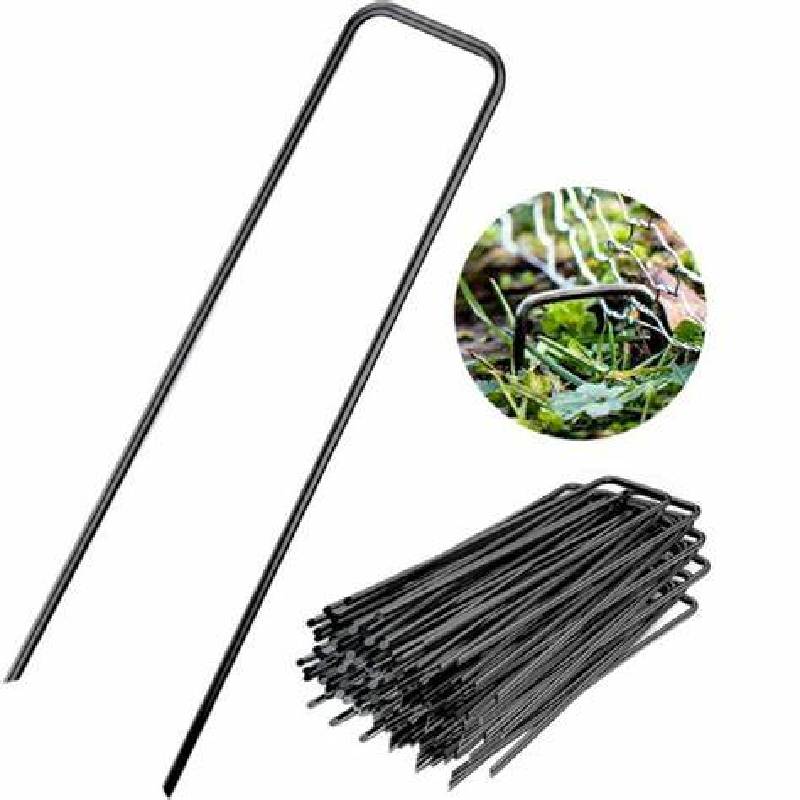
- Mobile Phone
- +8613931874955
- sales@cntcmetal.com
Applications and Characteristics of Heavy-Duty Extension Springs in Various Industries
Understanding Heavy Extension Springs Function, Applications, and Selection
Heavy extension springs are mechanical devices designed to store and release energy through the extension of the spring when a tensile force is applied. These springs are made from high-tensile materials and are engineered to bear significant loads while providing efficient performance in various applications. This article explores the characteristics, functions, applications, and crucial factors for selecting heavy extension springs that cater to different needs.
Characteristics of Heavy Extension Springs
Heavy extension springs are typically made from high-carbon steel or stainless steel, providing excellent elasticity and durability. The design of these springs allows them to undergo significant deformation while returning to their original length, making them reliable for extended use. Key characteristics include
1. Wire Diameter and Length These springs come in various wire diameters and lengths to accommodate diverse applications. The wire diameter affects the overall strength and flexibility of the spring, while the length determines the amount of stretch it can endure.
2. Spring Index The spring index is a ratio of the spring's mean diameter to its wire diameter. A lower spring index indicates a tighter coil, whereas a higher index signifies a looser coil. This factor can influence the performance and expected lifespan of the spring.
3. Load Capacity Heavy extension springs are designed to handle substantial loads. Their load capacity is a critical specification and is typically expressed in pounds or kilograms. Manufacturers often provide performance data that outlines the maximum load the spring can handle without undergoing permanent deformation.
Functions of Heavy Extension Springs
The primary function of a heavy extension spring is to absorb and release energy. When a force is applied to extend the spring, it stores potential energy, which can be released when the force is removed. This energy storage capability offers several practical benefits
1. Energy Absorption Heavy extension springs help in absorbing shock loads in mechanical systems, cushioning impacts, and preventing damage to components.
2. Force Application These springs can apply a consistent pulling force in applications such as mechanical linkages, where they help maintain tension and alignment in moving parts.
3. Safety Mechanism In various industrial applications, heavy extension springs serve as safety devices. For example, they can prevent machinery components from falling or collapsing by maintaining necessary tension.
Applications of Heavy Extension Springs
heavy extension springs

Heavy extension springs are utilized in various industries and applications, including
1. Automotive In the automotive sector, they are found in hoods, trunks, and tailgates, providing assistance during opening and closing. They also play a vital role in mechanisms such as seat adjustments and spring-loaded latches.
2. Industrial Machinery Heavy extension springs are integral to conveyor systems, material handling machinery, and assembly lines. They help provide the necessary force to keep components in place and functioning smoothly.
3. Furniture Many types of furniture incorporate these springs, including recliners and sofas, where they contribute to the movement and comfort of seating mechanisms.
4. Fitness Equipment In gym machines, heavy extension springs are used to create resistance and aid in the working of weightlifting equipment.
Selecting Heavy Extension Springs
When selecting heavy extension springs for a specific application, several critical factors must be considered
1. Load Requirements Determine the maximum load that the spring needs to handle to ensure proper performance and avoid failure.
2. Space Constraints Assess the available space for installation, as this will influence the dimensions and design of the spring.
3. Material Choice Choose between materials such as high-carbon steel or stainless steel based on environmental conditions (e.g., moisture or chemicals) that may affect durability.
4. End Types Different applications may require specific end types, such as hooks or loops, to attach the spring securely.
In conclusion, heavy extension springs are essential components in various industries, known for their ability to absorb, store, and release energy effectively. By understanding their characteristics, functions, and the applications they serve, industries can make informed choices regarding their design and integration. Selecting the right spring involves careful consideration of load requirements, material, and space constraints, ensuring optimal performance and longevity in any application.
share:
-
Why Sacrificial Formwork Is Redefining Underground ConstructionNewsJun.06,2025
-
The Structural Dynamics of Modern Concrete: How Snake Spacers Revolutionize Flexible ReinforcementNewsJun.06,2025
-
Snake Spacers Smart-Lock Concrete Reinforcement with Surgical PrecisionNewsJun.06,2025
-
Snake Spacers: Reinforcement Precision for Modern Concrete ProjectsNewsJun.06,2025
-
Snake Spacers Powering Concrete's Structural DNANewsJun.06,2025
-
Slither into Success: Snake Spacers' Precision Bite for Unbreakable ReinforcementNewsJun.06,2025
-
Sacrificial Formwork: Building Stronger, Faster, and Safer StructuresNewsJun.06,2025



















